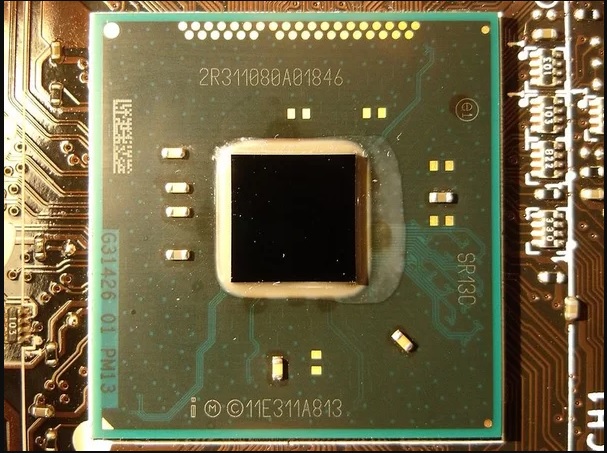What Is Binning? A Basic Definition
Binning is a term vendors use for categorizing components, including CPUs, GPUs (aka graphics cards) or RAM kits, by quality and performance. While components are designed to achieve a certain performance level, sometimes the final product fails to meet those standards, due to the complexities associated with manufacturing PC components. After manufacturing, vendors conduct testing and bin the component based on its performance results.
Here’s a simplified example. Intel has standards for performance, power management and thermal output for its Core i5 CPUs. If a CPU fails to meet those standards, Intel will bin it as an i3 processor instead. However, since Core i5 processors have four cores and i3 processors have two, Intel will disable two (likely defective) cores on the processor in order to sell it as a two-core processor. Thus, it’s possible your gaming PCs i3 processor was meant to be an i5 but failed to meet performance standards, so Intel disabled two of its cores to turn it into an i3.
And vendors may bin-out high-performance components by disabling some of their capabilities and marketing them as lower performance to meet their own supply/demand needs. For instance, if a high-end CPU isn’t selling so hot right now, supply would be high. A vendor could disable compute units in some of these high-end CPUs so that they’ll fit into the more highly demanded mainstream market and have a better chance of selling.
These processes can also happen with GPUs or RAM, with vendors disabling compute units and binning a product into a lower performance category.
Alternatively, continuing the Intel CPU example, processors that offer higher clock speeds amongst other CPUs of the same model may be binned into Intel’s K line of processors (identifiable by the “K” at the end of their name), which are unlocked and, therefore, can be overclocked. In the world of CPUs, these variances in performance among the same CPU models are due to the intricate nuances of CPU manufacturing. Yes, two CPUs with the same model number can offer differ performance. These uncertainties are referred to as the silicon lottery.
This article is part of the Tom's Hardware Glossary.
Further reading:
Get Tom's Hardware's best news and in-depth reviews, straight to your inbox.

Scharon Harding has over a decade of experience reporting on technology with a special affinity for gaming peripherals (especially monitors), laptops, and virtual reality. Previously, she covered business technology, including hardware, software, cyber security, cloud, and other IT happenings, at Channelnomics, with bylines at CRN UK.
